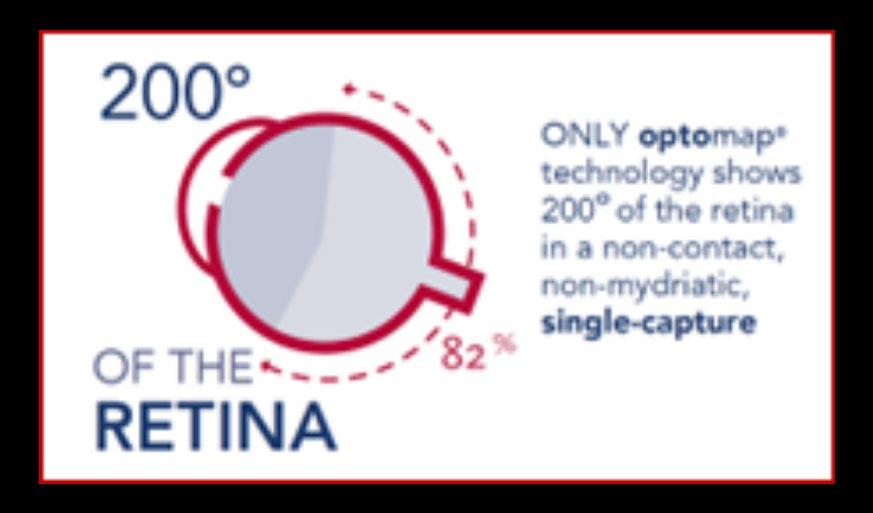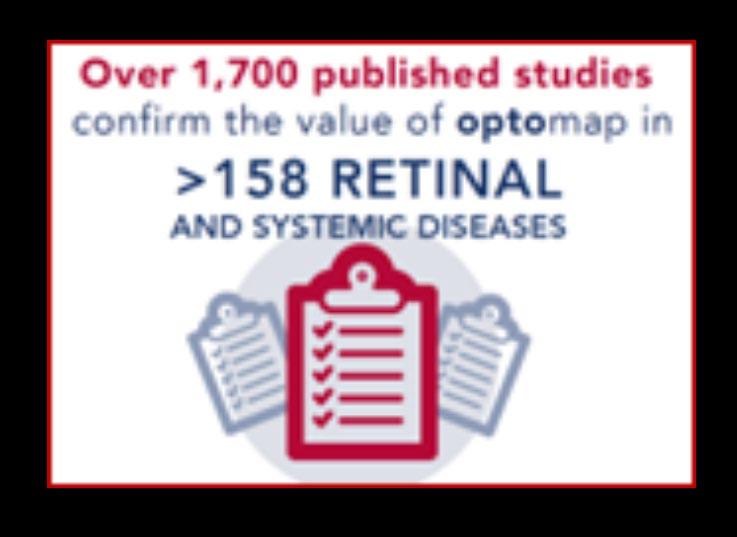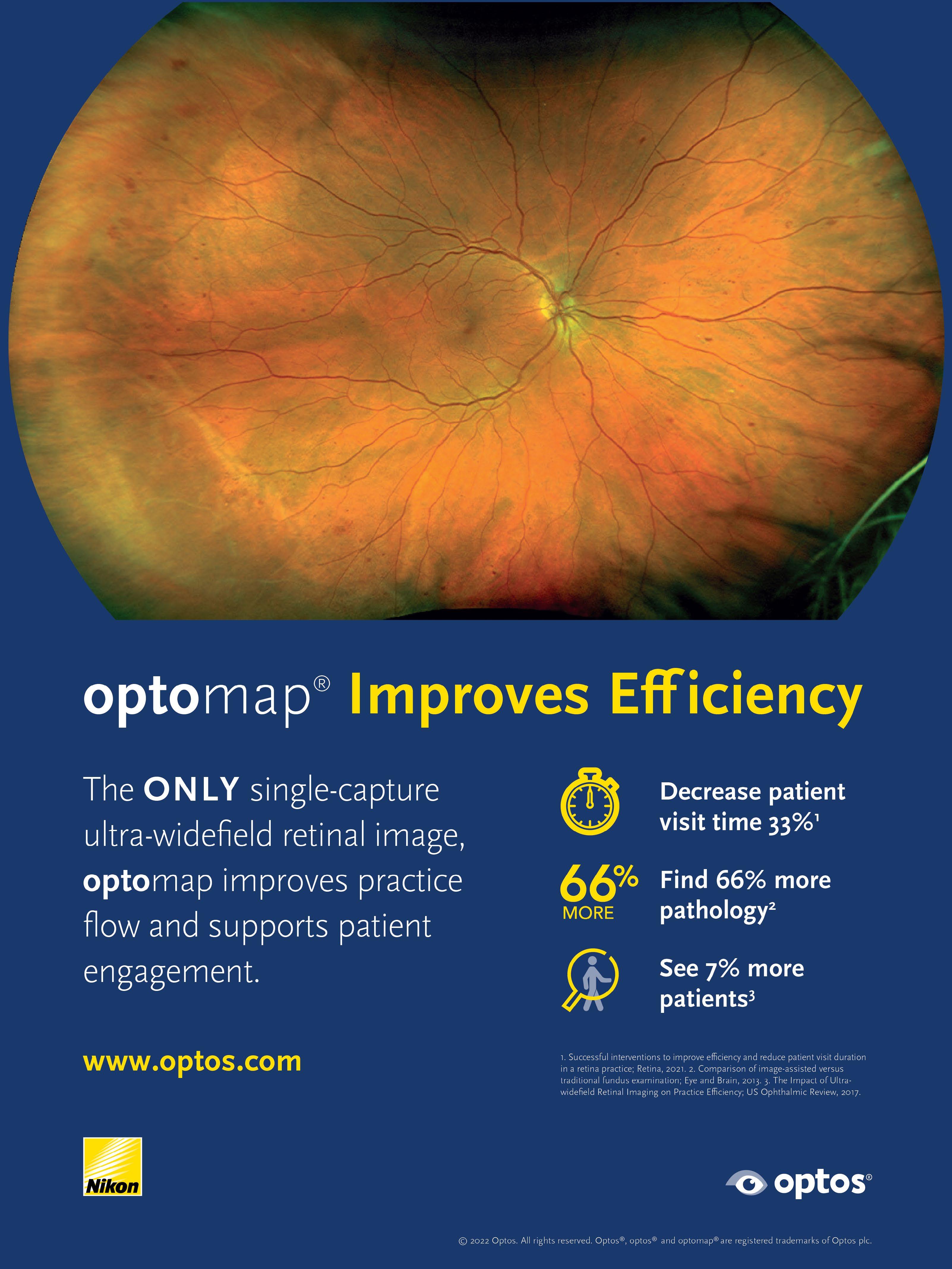
1 minute read
Created to Save Sight
The story behind optomap® ultra-widefield imaging
By Optos Inc. In 1990, Optos® founder Douglas Anderson’s 5-year-old son Leif lost all vision in his left eye. Despite regular eye exams, a spontaneous retinal detachment had gone undetected because it was near the edge of his retina where the eye doctor could not see it.
During follow up examinations to protect Leif’s other eye, his doctor conceded that he could see only fleeting glimpses of the boy’s peripheral retina, because, like many children, Leif could not fixate effectively. Douglas recalls, “The doctor told me that I was witnessing a state-of-the-art exam, but the process seemed intrusive, uncomfortable, and most distressing - ineffective.”
To help protect his son’s remaining vision, Douglas set out to invent technology to image the entire retina quickly and easily. After three years, his design team unveiled the prototype, a confocal scanning laser ophthalmoscope which produced an “optomap” – a 200° ultra-widefield (UWF™) image documenting 82% of the retina in a single capture. To bring this innovative technology to eye doctors everywhere, Douglas founded a new company which Leif, then 9 years old, named “Optos” the Greek word for vision. Ten years later, when Leif suffered a second detachment, Douglas’ dedication was rewarded. This time the detachment was detected and successfully treated. Thanks to optomap, Leif can still see.
Today, Optos technology offers an unrivaled combination of field-of-view and imaging speed. More than 20,000 Optos devices are in use worldwide, and millions of patients have benefited from optomap UWF imaging. optomap is used by doctors to identify and manage eye diseases, including detachments, AMD, and diabetic eye disease. Optos imaging has even helped doctors uncover early-stage ocular cancers and cardiovascular disease resulting in lifesaving treatments.
Optos is dedicated to helping health care professionals save sight, to educating doctors and the public about the importance of UWF retinal imaging, and to helping ensure every patient has regular access to optomap imaging.













